Bicornate uterus and pregnancy
Bicornate uterus is a congenital disease characterized by bifurcation of the smooth muscle organ in the upper section. The resulting "horns" can be fully developed and absolutely symmetrical. In this case, conception occurs without problems, and the fertilized egg is implanted in the wall of one of the resulting uterine canals.

specialists

equipment

treatment
Bicornuate uterus and pregnancy
Bicornate uterus and pregnancy is one of the most pressing problems in obstetrics, because in 30% of cases it leads to miscarriages and complications during gestation. The likelihood of problems depends on the form of pathology and the place of implantation of the fertilized egg.
Saddle-shaped uterus and pregnancy is the most favorable variant of the disease, in which complications occur least often. However, obstetricians warn that in this case, about 20% of women give birth much earlier than expected. In this regard, perinatal morbidity in children increases, as well as the likelihood of death of premature babies.
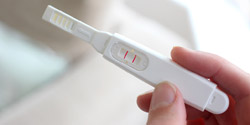
Bicornuate uterus - is it bad?
Abnormal structure of the uterus and the ability to conceive are not mutually exclusive concepts. Many women with an anatomical defect of the reproductive organ do not face serious problems during pregnancy and childbirth. However, the features of the course of pregnancy are largely determined by the degree of deformation of the smooth muscle organ.
Unlike many other pathologies, bicornuate uterus is not a life-threatening disease. The presence of deformations in the reproductive organ may be indicated by:
- Menstrual irregularities
- Severe dysmenorrhea
- Heavy uterine bleeding
The severity of symptoms depends on the form of the disease. In the case of complete bicornuate uterus, the development of secondary gynecological pathologies is possible.
Bicornuate uterus - is it possible to give birth?
With this disease, difficulties with conception do not often arise, but the course of gestation largely depends on the degree of proliferation of the septum. In the case of complete bifurcation of the uterus, the resulting canals may be asymmetrical, with one of them considered rudimentary. The attachment of the embryo in the poorly developed "horn" is regarded as an ectopic pregnancy and is subject to termination.
Due to the abnormal structure of the reproductive organ, transverse presentation of the fetus is diagnosed in about 30% of cases. In such a situation, the likelihood of natural childbirth decreases by 3 times, so patients with a saddle-shaped uterus have to undergo a Caesarean section.

This award is given to clinics with the highest ratings according to user ratings, a large number of requests from this site, and in the absence of critical violations.

This award is given to clinics with the highest ratings according to user ratings. It means that the place is known, loved, and definitely worth visiting.

The ProDoctors portal collected 500 thousand reviews, compiled a rating of doctors based on them and awarded the best. We are proud that our doctors are among those awarded.
Make an appointment at a convenient time on the nearest date
Price
Other services






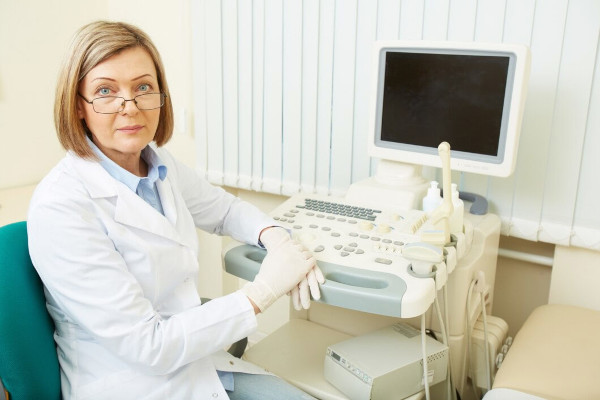
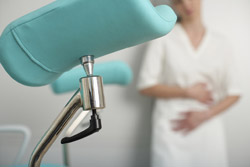
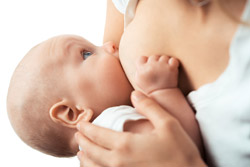





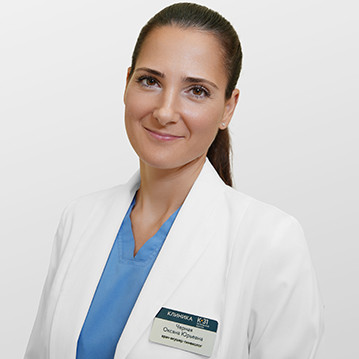



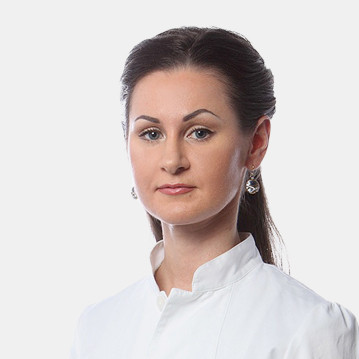











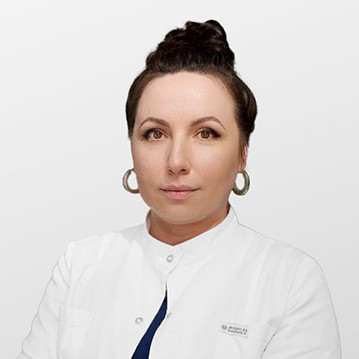

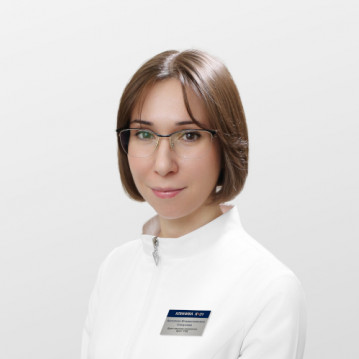














What is a bicornuate uterus in women?
Bicornuate uterus is one of the congenital gynecological pathologies that occurs in 0.5% of women of reproductive age. Abnormal formation of the smooth muscle organ occurs during the period of intrauterine development between the 10th and 14th weeks of pregnancy.
Depending on the degree of deformation of the reproductive organ, there are three forms of the disease:
Most women live with an anomaly of the reproductive system and find out about it only during an instrumental examination by a gynecologist or already during pregnancy.